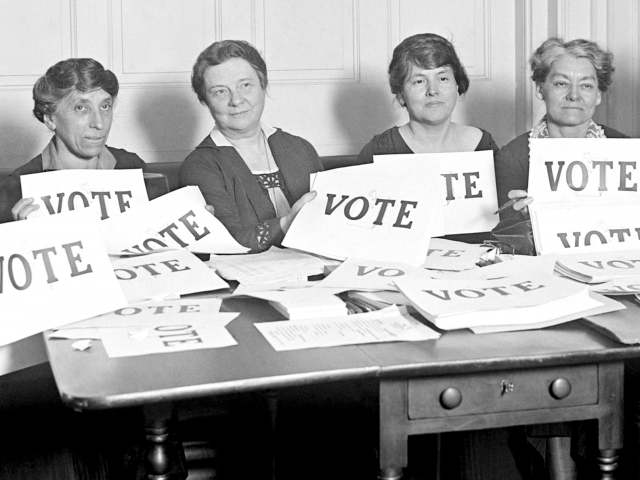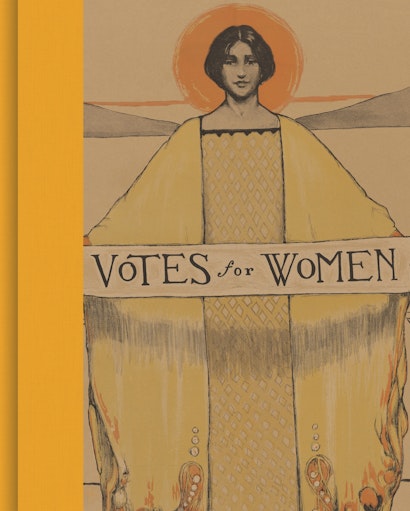The Nineteenth Amendment, which allowed women to vote in the United States, was ratified 99 years ago. Votes for Women: A Portrait of Persistence, a new exhibition at the National Portrait Gallery, features some of the countless American women who fought for nearly a hundred years to win the right to vote for themselves and their communities.
While some of the leading figures of the suffrage movement have received deserved appreciation, the crusade for women’s enfranchisement involved many individuals, each with a unique story to be told. Bringing attention to underrecognized individuals and groups, the exhibit looks at how suffragists used portraiture to promote gender equality and other feminist ideals, and how photographic portraits in particular proved to be a crucial element of women’s activism and recruitment. It also explores the reasons why certain events and leaders of the suffrage movement have been remembered over others, the obstacles that black women faced when organizing with white suffragists and the subsequent founding of black women’s suffrage groups, and the foundations of the violent antisuffrage movement.
These five activists are all featured in the exhibit and in the accompanying catalogue by curator Kate Clarke Lemay, which presents fresh perspectives on the history of the movement and sheds new light on the movement’s relevance for our own time. The exhibit runs at the National Portrait Gallery in Washington, DC, from March 29, 2019 - January 5, 2020.
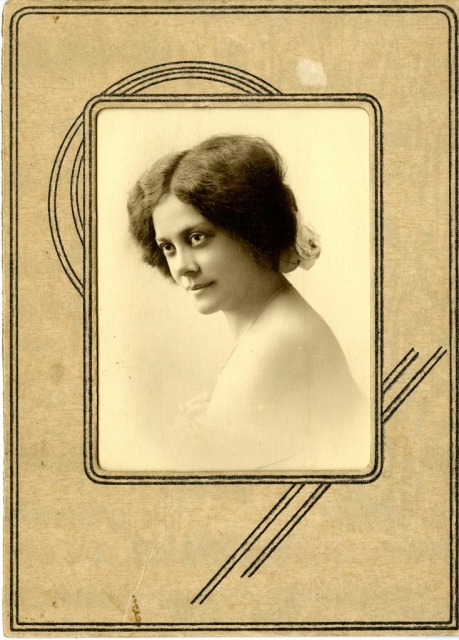
Alice Dunbar-Nelson was a teacher, writer, and activist who mobilized black women’s clubs to support the war effort during World War I. The work of these clubs and the patriotism it represented helped prove that women deserved the right to vote.
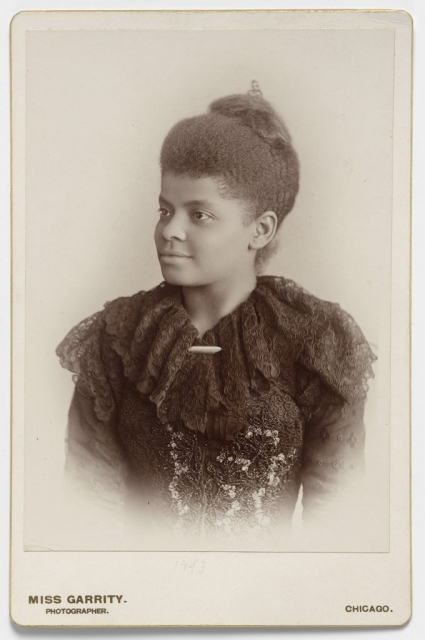
Ida B. Wells began advocating for black civil rights after being forcibly removed from a ladies’ train car because she was black. She took her case all the way to the Tennessee Supreme Court. Wells also published a pamphlet of her lectures on lynching, which she delivered across the United States, England, and Scotland.
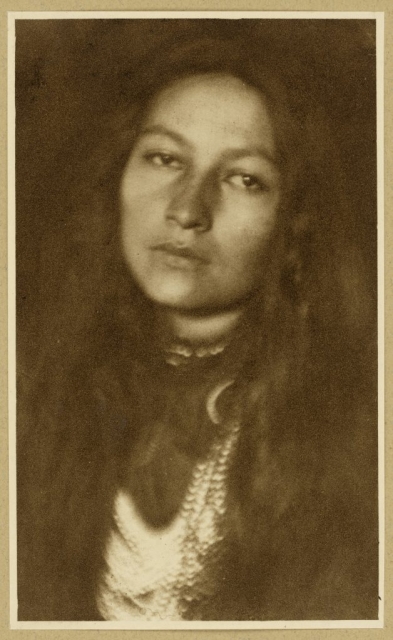
Zitkála-Šá led the first national all-Indian organization that advocated for Indian rights, The Society of American Indians, and founded the National Council of American Indians. She fought for citizenship rights and was compared to Joan of Arc. Even after Congress passed the Indian Citizenship Act in 1924, thanks in part to Zitkála-Šá’s work, Native Americans in many states still were not allowed to vote.
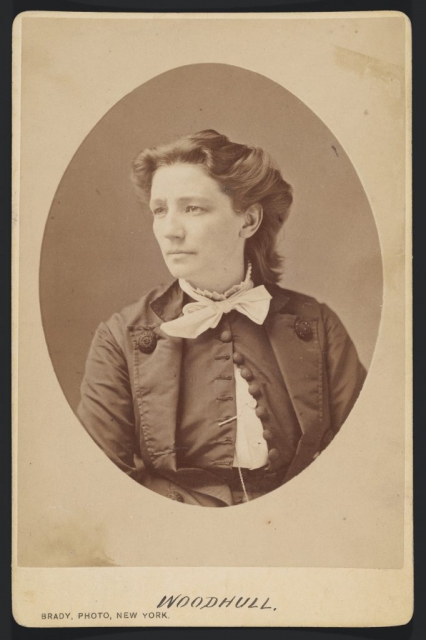
Victoria Woodhull, the first woman to run for president, promoted judicial strategies for winning the right to vote. She also fought back against the sexual double standard that allowed her to be criticized for her “free love” philosophy while male leaders such as Henry Ward Beecher suffered no public criticism for committing adultery.

Mary Church Terrell devoted her life to activism after her friend Thomas Moss was lynched. She served as president of the National Association of Colored Women and spoke on racial equality before the National American Woman Suffrage Association. Her signature phrase was “Lifting as We Climb.”
